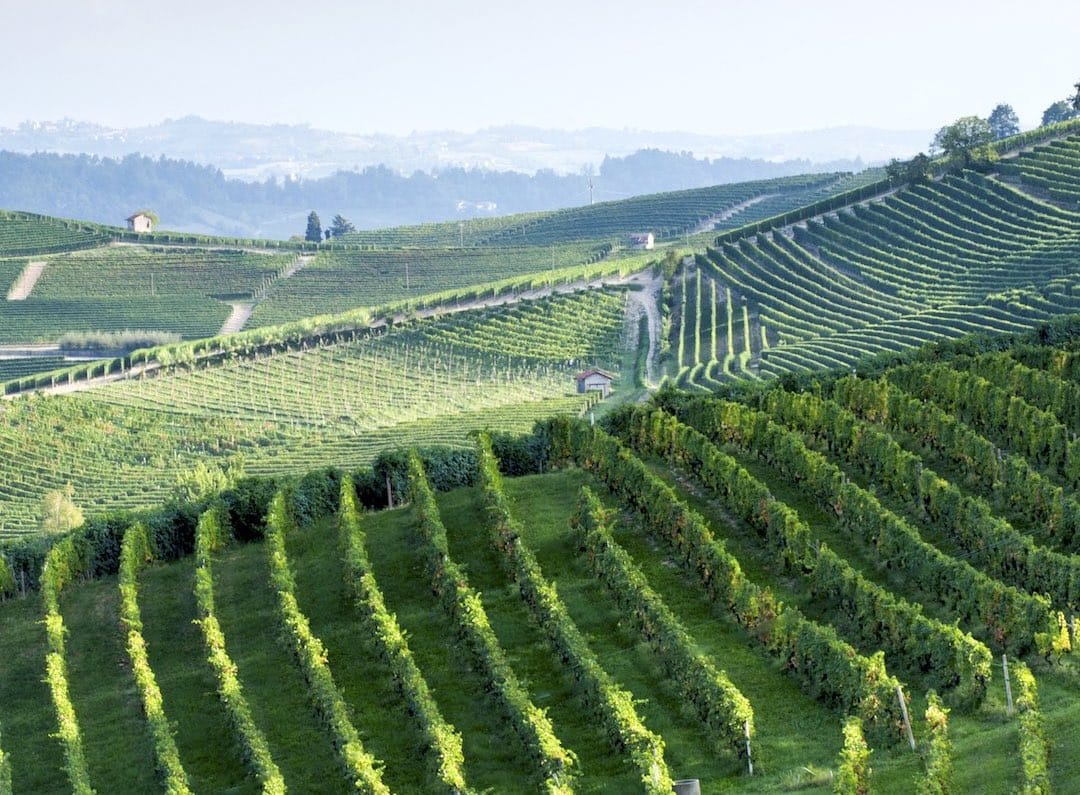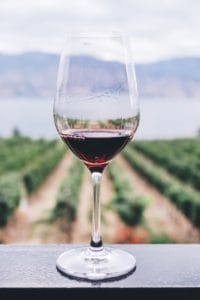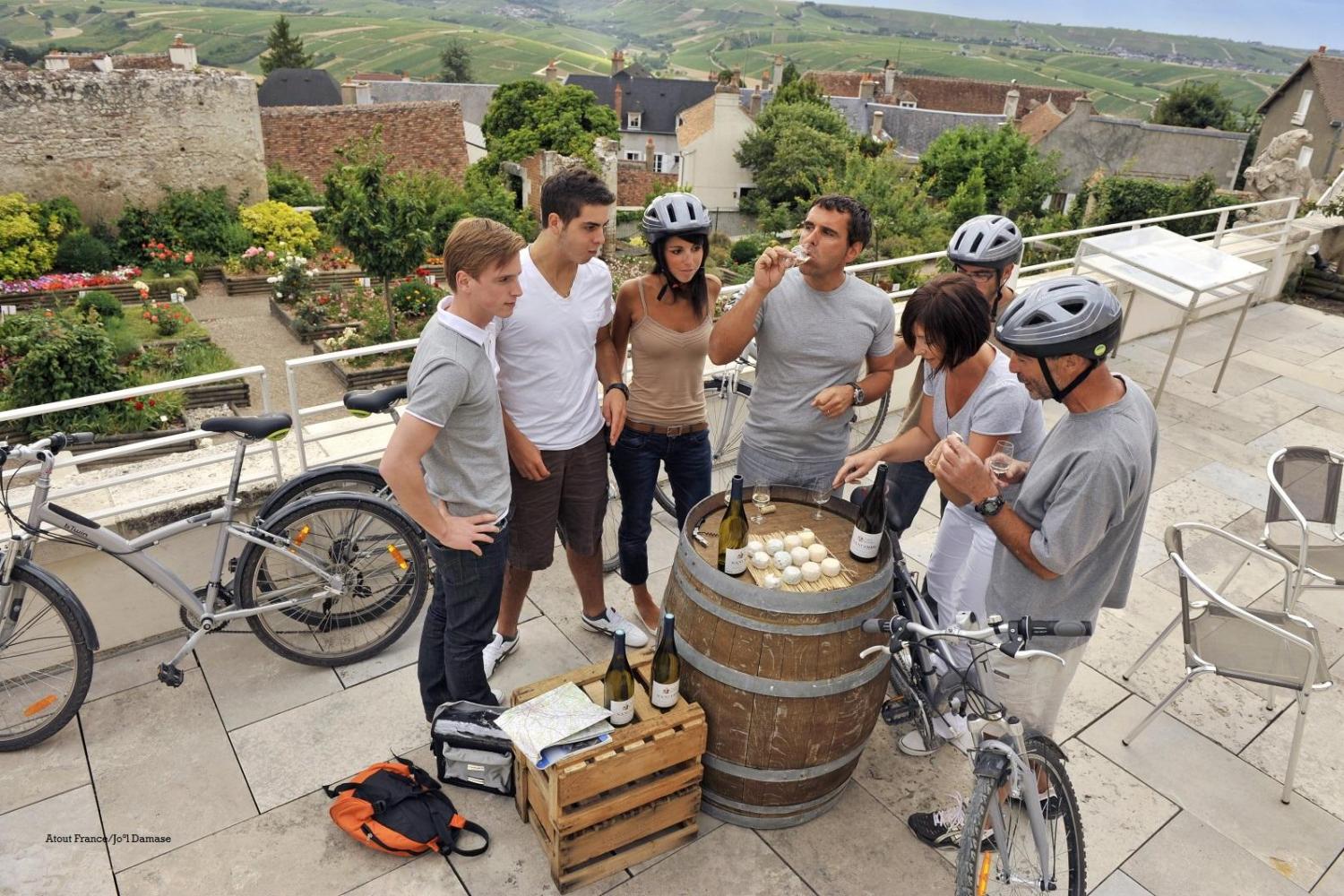
Wine is an important part of the culture of many of our destinations: France, Portugal, Spain, Italy, Chile and Argentina all offer vineyards of international distinction. If you’re tempted to stop off on your next custom tour but don’t know where to begin, take heart! You don’t have to be a trained sommelier to thoroughly enjoy your next wine tasting. A sense of curiosity is more important than a schooled palate, but knowing a few basic principles in advance can help you get the most out of the experience.
For wine tasting newcomers, the complexity and sophistication of the subject can seem intimidating. Remember you’re not expected to know everything coming in. Staffers are there to answer your questions, and learning about the unique characteristics of their product is half the fun. Let them bring you into the fold.
If you’re planning to stop at a winery as part of a self-guided trip, pay attention to tasting order. As a general rule you should always taste from lightest to heaviest. A red with lots of tannins will obscure the flavour of a delicate white. Same goes for food pairings. Taking the food pairing recommendations is best, but if bringing your own food is an option don’t choose bold flavours that will obscure the featured item. A delicate pinot noir that tastes exquisite on its own may taste anemic served alongside a hearty steak. Also, don’t forget that habits like coffee drinking or wearing a strong scent could confuse your palate.
 If you’re pouring for yourself, don’t fill a glass more than one-third full. Any more than that and you won’t be able to swirl the glass effectively, which aerates the wine and releases its full aroma. Technique isn’t terribly important — you can even keep the base of the glass on the table and move it in circles for a few seconds. Don’t swirl until your arm goes numb but don’t worry about overdoing it either, because a wine needs to sit out for a day or two to become over-oxygenated. While you’re swirling, notice the way wine leaves stripes or “tears” down the side of the glass. If you’ve ever heard someone say a wine has legs, this is what they mean. Thick, slow tears indicate a higher sugar and alcohol content, but don’t read too deeply into it — tears are no indication of overall quality.
If you’re pouring for yourself, don’t fill a glass more than one-third full. Any more than that and you won’t be able to swirl the glass effectively, which aerates the wine and releases its full aroma. Technique isn’t terribly important — you can even keep the base of the glass on the table and move it in circles for a few seconds. Don’t swirl until your arm goes numb but don’t worry about overdoing it either, because a wine needs to sit out for a day or two to become over-oxygenated. While you’re swirling, notice the way wine leaves stripes or “tears” down the side of the glass. If you’ve ever heard someone say a wine has legs, this is what they mean. Thick, slow tears indicate a higher sugar and alcohol content, but don’t read too deeply into it — tears are no indication of overall quality.
Next, hold the glass to the light and tilt it. If you have a white background, even better. You’re looking for details like clarity, colour, and viscosity. As you might’ve guessed, a more opaque wine indicates a fuller body than a highly translucent wine. A slight haze is fine, but cloudiness is usually a bad sign. Also notice the way the colour grades at the edges. If it thins out drastically, the flavour might be on the weak side. A wine that shows significant browning is likely of an older vintage, unless it has simply oxidized. The details differ widely across varietals, so again don’t be afraid to ask questions.
You’re past the preamble now – time to sample the aroma. Hover your nose over the glass and take a few whiffs. The easiest scents to identify are fruity, followed by floral, herbal, or earthy notes. You might also detect hints of coffee, vanilla, smoke or other flavours derived from an oak barrel. Unpleasant smells can be indicative of flaws, like mustiness from a wine that has “corked,” but with any luck you won’t encounter these on your tasting. The permutations are limitless, so don’t overthink this step or you’ll end up confusing yourself.
Instead just take a small sip. The flavour should be pleasantly balanced between acidity, sweetness, and astringency. Acidity gives wine its gratifying tartness and is often what is being referred to when people describe a wine as “crisp.” Too little acidity causes a wine to taste flat while too much makes it taste downright sour. Personal preference plays a role here, as does food pairing – salty, fatty foods can help counterbalance high acidity. Sweetness is determined by the amount of residual sugar, but the perception of it is similarly affected by acidity. A balanced wine won’t leave a cloying impression, but won’t leave your mouth feeling parched either. Thirdly, the sensation of astringency is provided by tannins, which are derived from grape skins, stems, and seeds. They lend a wine complexity provided they don’t leave your mouth uncomfortably dry.
 An older wine is more likely to blend these qualities seamlessly, whereas in a younger wine they can sometimes feel as if they are jostling for position. If a young wine strikes you as exceptionally well-balanced, you may have real winner on your hands. Beyond these broad characteristics, a wine should evoke subtle flavour characteristics like caramel and clove.
An older wine is more likely to blend these qualities seamlessly, whereas in a younger wine they can sometimes feel as if they are jostling for position. If a young wine strikes you as exceptionally well-balanced, you may have real winner on your hands. Beyond these broad characteristics, a wine should evoke subtle flavour characteristics like caramel and clove.
Pay attention to texture as well. A higher alcohol content, for instance, can give wine more body for a luxurious, velvety impression on the palate. The best wines will continue to linger and evolve for a long time. Resist the urge to sip again too soon and savour the finish. It may help to take notes: verbalizing a sense impression is hard to begin with, and it doesn’t get easier the next day. Taking notes will help you remember which wines you enjoyed best, and which you might like to take home with you.
If you’re tasting multiple wines, don’t forget to cleanse your palate in between. Water is your best choice here, but you may be surprised to know the same doesn’t apply to rinsing your glass. Some experts feel water dilutes the taste of a wine, so prefer simply to refill the glass with the next variety. The exception is when switching between reds and whites or vastly different varietals, when a splash of the upcoming variety is swirled and dumped to prime the glass instead.
Beyond simply cleansing your palate, remember to pace yourself. That goes double if you’re cycling between wineries and need to stay alert. Don’t be afraid to spit out your wine in the provided receptacles. Staff won’t mind, even if you pour out the remainder of a glass you don’t intend to finish. Doing so simply allows you taste more varieties, won’t impact your enjoyment of the flavour, and keeps you safe on the road.
Fully understanding and appreciating the nuances of wine is the work of a lifetime — just ask a master vintner. The depth and breadth of the subject is enthralling, but at the end of the day wine is meant to be enjoyed. Trust your palate and drink in the surroundings. Stop at the right vineyard, and a tasting might the highlight of your next tour.
Already a seasoned wine aficionado? See our post on regionally famous varietals to try on your next trip.

